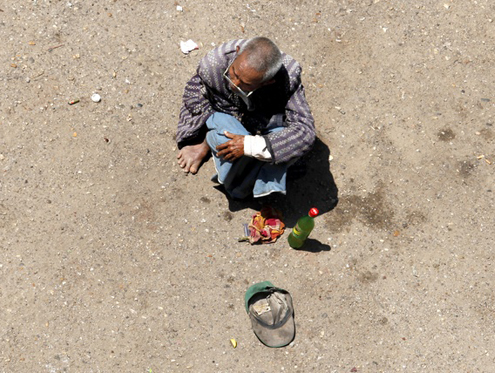The Burmese government is drafting plans to provide housing for the homeless in more than 50 towns and cities across the country by the end of 2015 in order to resolve the problem of squatters and homelessness, Deputy Minister of Construction Soe Tint said on Wednesday during a session in the parliament’s lower house.
According to Pe Than, a member of parliament in the lower house, Soe Tint said that the new urban housing projects are being planned for 56 cities.
“The deputy minister said that the government is looking to resolve homeless issues by drawing up housing plans in 56 cities across the country, with an aim of implementing them before the end of 2015, “ Pe Than said, adding that providing homes will not solve this urban problem, but that job opportunities would have to be created as well.
“For the time being, the government will deal with the situation by erecting low-cost housing projects in the cities.”
Currently, the government is providing low-cost homes for poor families in Rangoon and Mandalay at around 20 million kyat per apartment, a little over US$20,000. However, this cost is still too high for many.
[related]
As demand for land has surged in recent years following Burma’s economic reform, rent and home prices have soar in cities, making it more difficult for the under-privileged to find housing. Real estate agents in Rangoon estimated that rent values rose by 25 percent in 2013, while sales prices have more than doubled in certain neighbourhoods. As a result, those priced out of their homes have set up shantytowns around Rangoon.
Hla Maung, an economist in Rangoon, said that many people move from rural areas to the city in order to find better jobs, and the government needs to plan for housing projects near these potential job opportunity sites.
“In their hopes to find better jobs, many from the rural population moved to the cities and set up homes on vacant spots,” Hla Maung said. “If we really want to solve the squatter issue, we should also consider their livelihoods, and factors such as the distance from their homes to their workplaces.”



